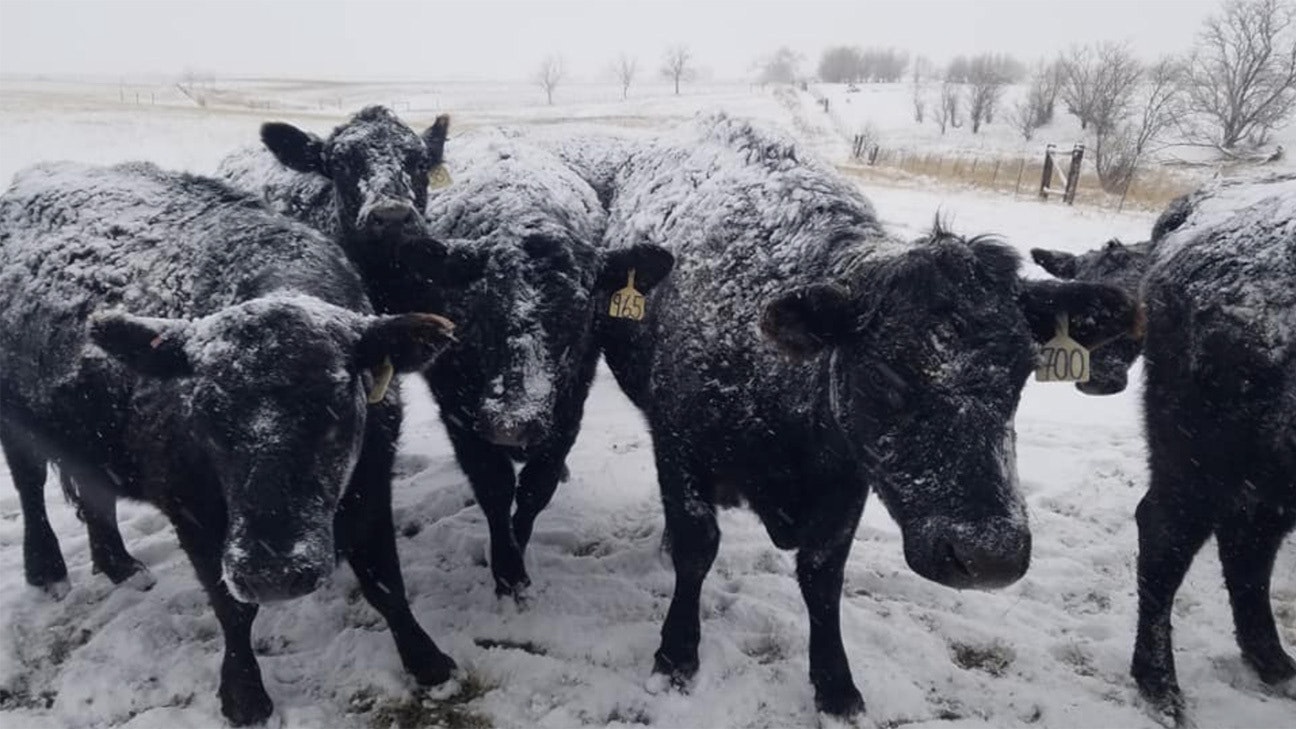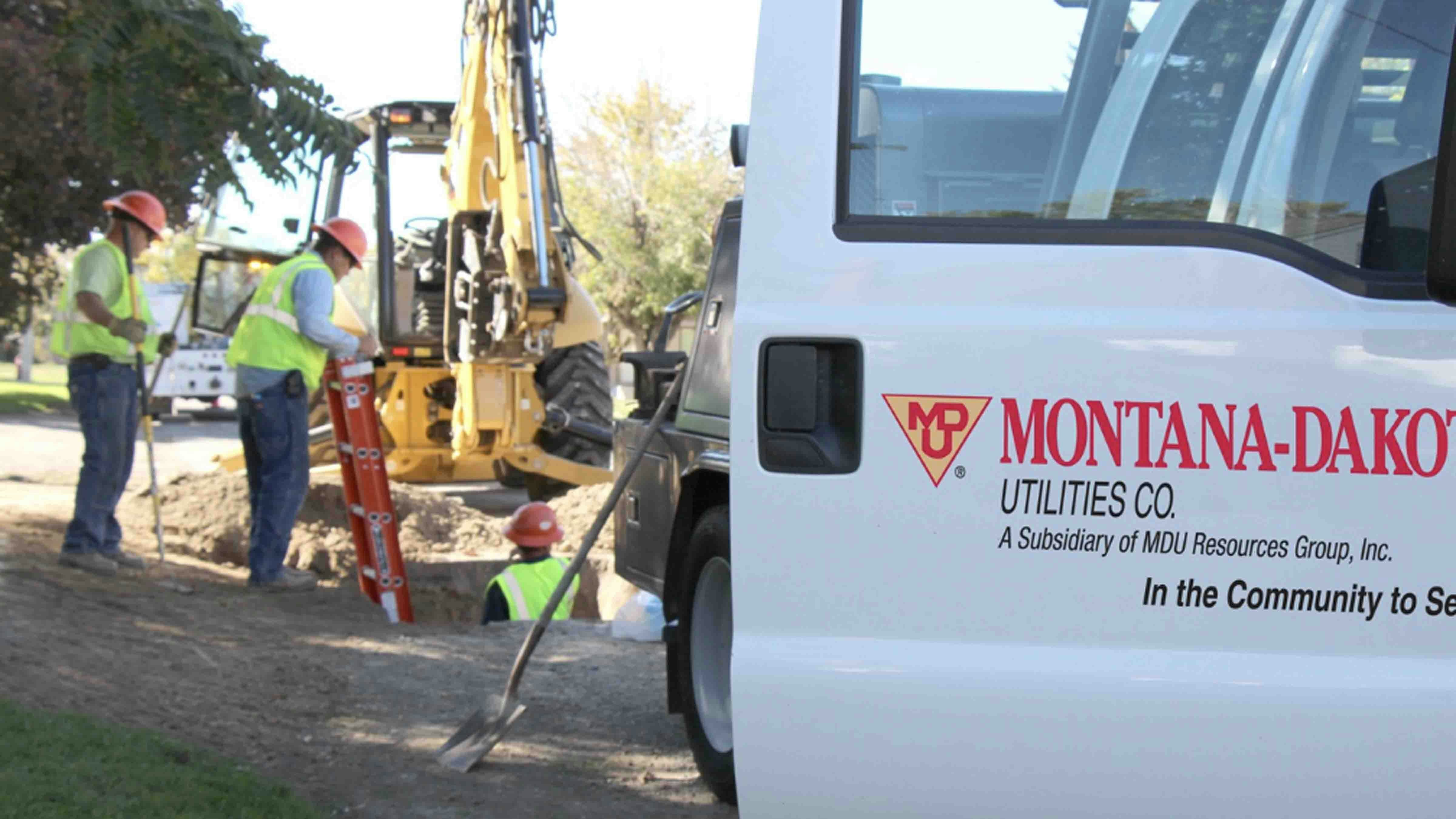With the price of beef skyrocketing, Wyoming’s cattle producers are facing increasing production costs and a customer base that is reluctant to shell out more dollars for their product.
“As this spring comes closer and closer, we’re looking at from 30% to 70% increases in operating costs,” said Justin Lucht, who owns Valley Raised Beef in Lovell.
The price of uncooked beef roasts and uncooked beef steaks for retail consumers have risen over 24% in the last one and one-half years, according to the Bureau of Labor Statistics. The cost of ground beef, meanwhile, has increased by almost 21% in the past year.
Reasons for the increase include rising fuel costs, a drought that affected hay production and supply chain issues that hampered availability of machine parts and equipment.
But prices are also rising for the producers, who are facing the same pressures in raising their stock as the beef processors are in getting it to the end market.
“Fertilizer is up, like, three to four times what it was last year,” Lucht said. “And our feed costs – hay in 2020 was $150 a ton, and this year, it’s $300 to $350 a ton, depending on where you’re looking, some places can’t even get hay. Plus equipment costs and maintenance, all the parts and pieces that go into keeping things running have increased.”
Jim Magagna, Executive Vice President of the Wyoming Stock Growers Association, adds to that list of obstacles the COVID-related staff issues at meat production plants, as well as the lack of USDA meat packing facilities here in Wyoming.
“Most of our beef is processed in half a dozen major processing facilities, and they experienced some significant outbreaks of COVID in those facilities with their very large workforces that were working very much close together,” Magagna said. “So that shut down some of the processing for a while, and that certainly led to an increase in prices for beef.”
Additionally, Magagna pointed out that fewer cattle went to market in the last year, so the supply and demand balance was thrown off.
For small operators like Valley Raised Beef, which each year produces between 40 and 70 grass-raised, grain-finished beef cattle on 120 acres, the rising cost of beef hits businesses like theirs particularly hard.
“These big packers in the commodity beef market, they out compete us, I mean, tenfold,” Lucht said. “Their cost to process an animal maybe is 36 to 40 cents (per pound), maybe a little bit more than – but even if it’s 50 cents, it costs me 94 cents to $1 to process an animal.”
And while consumers may feel the pain in the pocketbook when they purchase beef these days, Lucht urged them to consider the farmers when making their buying decisions.
“Unfortunately, the last person to get paid on the farm is usually the farmer,” said Lucht. “He’s got his expenses covered, I mean, he’s able to buy shoes for his kids and stuff, but they’re not notorious for going on vacations and you know, having a savings account. Most farmers, when they retire, they sell the farm because that’s been their savings account their whole lives.”
Lucht said the business model for Valley Raised Beef was set up differently, so his company can charge a little more for its product product in order to keep the business afloat.
That means its customer base is slightly different from the folks who pick up beef roasts in the grocery store aisles.
“A lower income household, maybe can’t afford our product,” Lucht said. “And so what we have to do is, unfortunately, find somebody who can. We still give away tons of beef and we find low income or struggling families and we give as much as we can to them, because that’s important to us, but our base customer is maybe different this year than it was two years ago.”
And buying locally produced beef has more benefits than just supporting local farmers, Lucht pointed out.
“You see JBS or these other companies that every year have recalls on spoiled meat or unfit product, and I’ve been selling beef for seven years and never had a recall,” Lucht said. “We are small enough that we can take care of everything so much better than what they can. We can watch everything so much closer.”
“Consumers have become much more conscious of where their food comes from, and have much more of a desire to buy locally when they can,” Magagna said.
He added things are looking up for smaller growers in the state.
“Our biggest challenge in Wyoming has been a lack of processing facilities, and partly as a result of COVID and a result of some Federal Cares Act funds that are available, we have seen a significant increase in small processing facilities,” said Magagna. “I believe we’ve had six new ones come on board in the past two years. So I think our industry is making an adjustment that, over time, is going to make that opportunity far more available to our consumers.”
But for now, growers like Lucht will continue their small operations, despite the rising costs. Because, as Lucht pointed out, being a farmer is about more than just a business – it’s a way of life.
“I’ve got to go,” Lucht told Cowboy State Daily at the end of the interview, as he strapped his one-year-old daughter into a carrier on his back. “I’ve got a cow that I’ve been watching for an hour and a half, and it looks like she needs help, so I’ve got to go pull a calf.”





